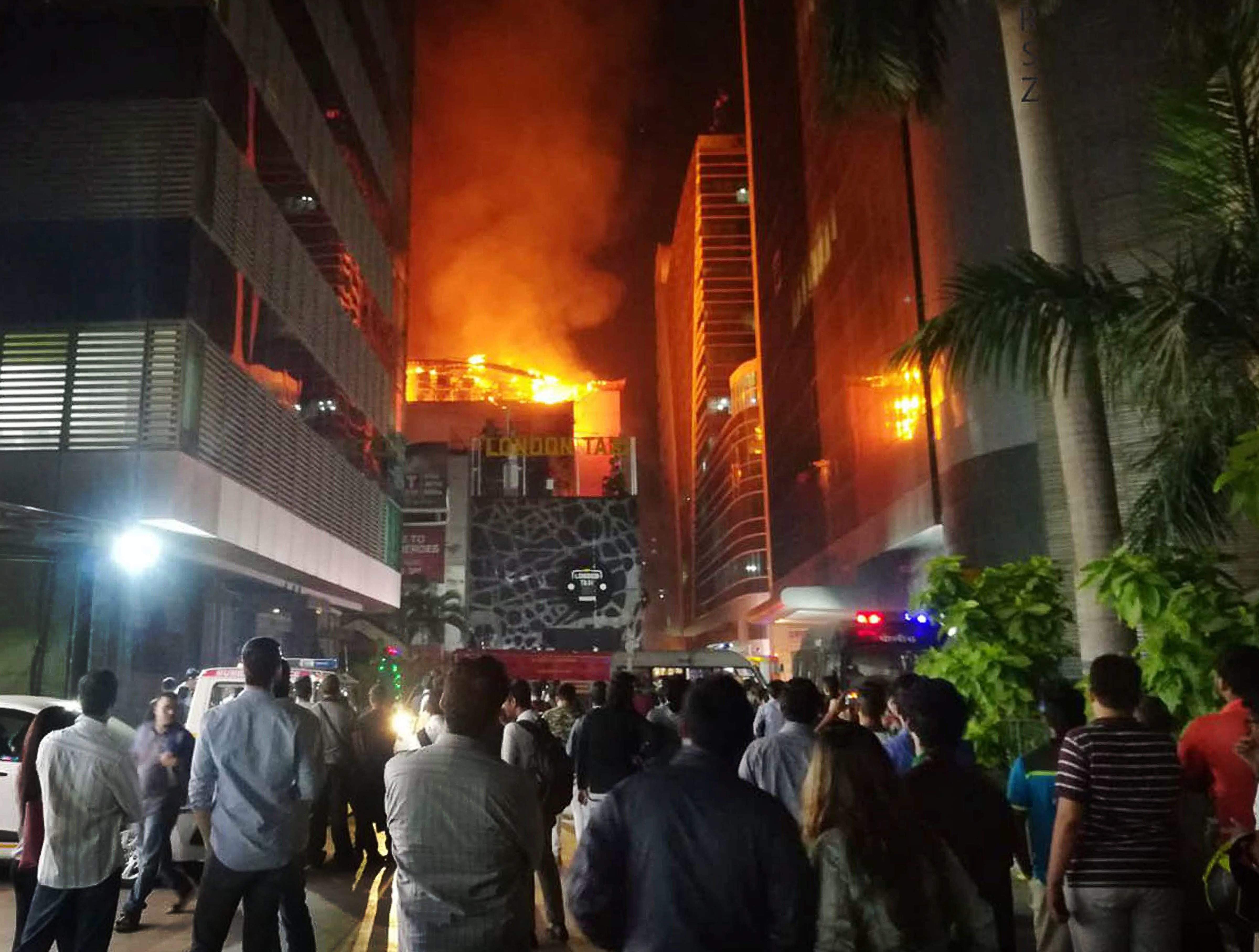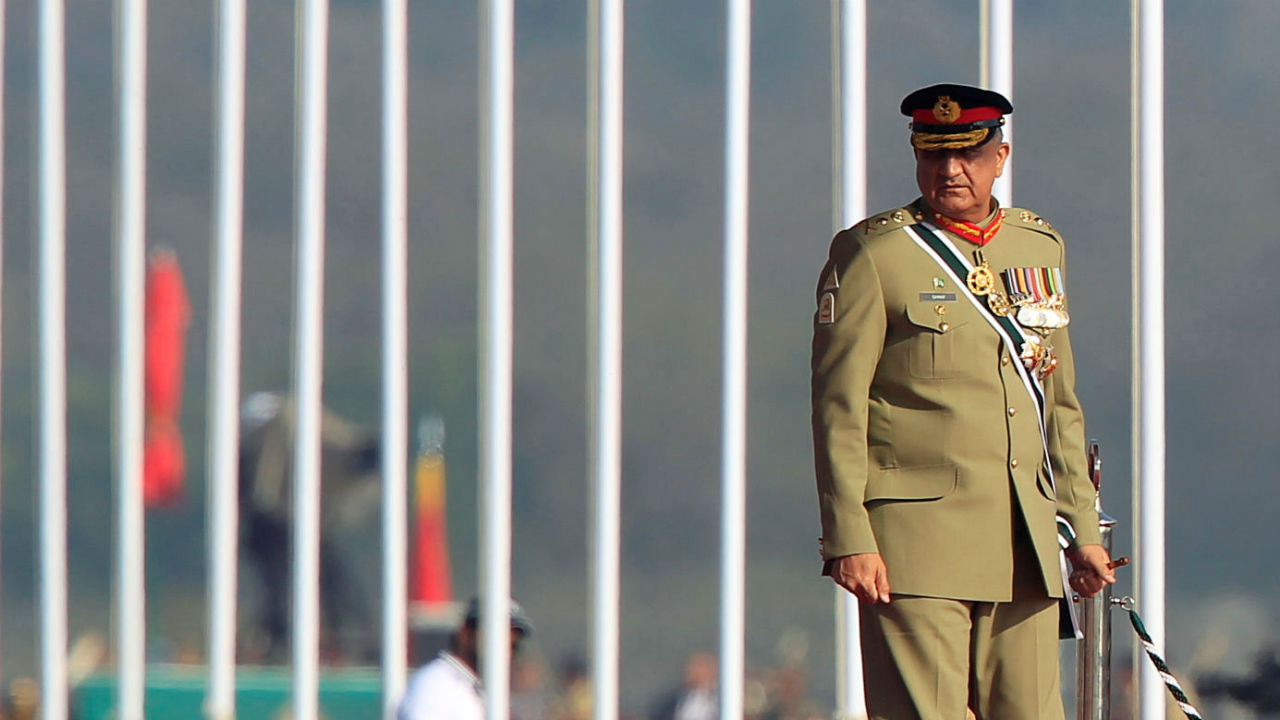
Credit: UCI Research/Flickr CC BY-NC 2.0
The year 2017 saw significant advances in medicine including approval of new treatments for a wide variety of diseases such as CAR-T cell therapy for treatment of leukemia, safinamide for Parkinson’s disease and neratinib for treatment of breast cancer. Additionally, new understanding was achieved for several conditions such as hypertension, autism and hypercholesterolemia.
But the most dramatic breakthroughs were reserved for a field that is somewhat obscure for the lay person – the field of child neurology – and interestingly India made a contribution to it as well.
By far the biggest news-maker of the year was a drug called nusinersen. It is an agent that is effective in the treatment of a rare neurogenetic disease called spinal muscular atrophy. The severe form of this disease is characterised by development of progressive paralysis leading to inability to move and death from respiratory failure in infancy without treatment. Promising results of a phase 2 trial of nusinersen were published in December 2016 and the Food and Drug Administration (FDA) in the US granted approval of the drug in the same month. However, it was only this year that nusinersen started being used relatively routinely in clinical practice in the US. The drug also received approval for use in various other countries beyond the US in 2017.
Moreover, the results of a successful phase 3 trial of nusinersen were published in late 2017 in the New England Journal of Medicine reinforcing the phase 2 outcomes. Long term results are awaited but I personally have seen infants achieving motor milestones with nusinersen which they would not be expected to without treatment. It indeed is a paradigm shift as far as treatment of rare neurogenetic diseases is concerned.
Promising results of an unrelated treatment in the form of replacement gene therapy for 15 spinal muscular atrophy patients were also published this year in the New England Journal of Medicine. While nusinersen requires repeated delivery directly into the spinal fluid, the gene therapy consists of only a single intravenous injection to replace the defective gene by using a viral vector. The next challenge for treatment of this disease is likely going to be measurement of head-to-head performance to assess which one of the two is more efficacious and safer.
A third major breakthrough for the year in child neurology involved the use of stem-cell gene therapy for a disease called adrenoleukodystrophy. This disease is the result of a mutation of gene called ABCD1, and primarily affects boys. It is characterized by degeneration of brain regions primarily responsible for motor function and vision, and ultimately death. Promising early results of gene therapy, again using a viral vector, were published in the New England Journal of Medicine in October 2017.

Credit: Reuters
The last but not the least of the major advancements in child neurology for the year came in the form of a research paper published by doctors at the All India Institute of Medical Sciences in October, again in the New England Journal of Medicine. The paper described results of a trial that assessed efficacy of surgery and medical treatment versus medical treatment alone in children 18 years and younger with drug-resistant epilepsy. The trial was funded by the Indian Council of Medical Research, and randomly enrolled 57 subjects in the surgical plus medical treatment arm and 59 children in the medical treatment only arm. The outcomes were assessed at 12 months and were found to be significantly superior for the group that received surgery in addition to appropriate medical treatment.
All the patients enrolled in the study, in either arm, were already confirmed to be good candidates for surgical treatment beforehand and then randomized. Those who were randomly assigned to the medical treatment only arm went on to a waiting list for surgery. Randomization was felt to be ethically acceptable since the usual wait times for surgical treatment of childhood epilepsy are more than 12 months at the All India Institute of Medical Sciences. Such a study perhaps has not been possible in the West because the wait times are shorter after a child with drug-resistant epilepsy is deemed to be a good candidate for surgery. It is important to note here that not all patients with drug-resistant epilepsy are appropriate candidates for surgical treatment.
This paper is of particular importance since epilepsy is a relatively common neurologic condition with a worldwide prevalence of about 50 million according to the World Health Organization. Approximately 20 to 40% of those with epilepsy are refractory to medications. The treatment options for epilepsy besides medications include special diets, nerve stimulators and surgery.
This is the only such randomized controlled trial ever conducted, and provides the highest level of evidence as far as surgical treatment of childhood epilepsy is concerned.
Jay Desai is a California-based doctor
Disclosures: The author has received grants from the Epilepsy Foundation of Greater Los Angeles and Novartis; has acted as an expert in legal proceedings; and has been on the editorial boards of the Journal of Child Neurology and Pediatric Neurology.









 Now, she could be divorced and start a new relationship without shocking the world and it’s ‘morals’. She could be a college student and watch soft-porn without being judged. She could be affected by HIV and go about her life without stigma. She could be a bureaucrat who fights the system for justice.
Now, she could be divorced and start a new relationship without shocking the world and it’s ‘morals’. She could be a college student and watch soft-porn without being judged. She could be affected by HIV and go about her life without stigma. She could be a bureaucrat who fights the system for justice.











 He has reversed himself at the behest of the so-called grown-ups in the White House – Generals Kelly, Mattis and McMaster – on NATO, South Korea, China and the Middle East. His ‘principled realism’ – the projection of power in international politics as the first priority of this regime – and America First-ism reveals only the opposite – the cynical rejection of principle and the adoption of elite interest as national interest, the interests of the 1% as those of 325 million Americans, most of whom see the present and future in the bleakest terms. I wonder if Trump or any of the political establishment polled those still suffering the devastations of Hurricanes Harvey and Irma, not to mention storm Maria in Puerto Rico – to see if their interests count as national interests?
He has reversed himself at the behest of the so-called grown-ups in the White House – Generals Kelly, Mattis and McMaster – on NATO, South Korea, China and the Middle East. His ‘principled realism’ – the projection of power in international politics as the first priority of this regime – and America First-ism reveals only the opposite – the cynical rejection of principle and the adoption of elite interest as national interest, the interests of the 1% as those of 325 million Americans, most of whom see the present and future in the bleakest terms. I wonder if Trump or any of the political establishment polled those still suffering the devastations of Hurricanes Harvey and Irma, not to mention storm Maria in Puerto Rico – to see if their interests count as national interests?